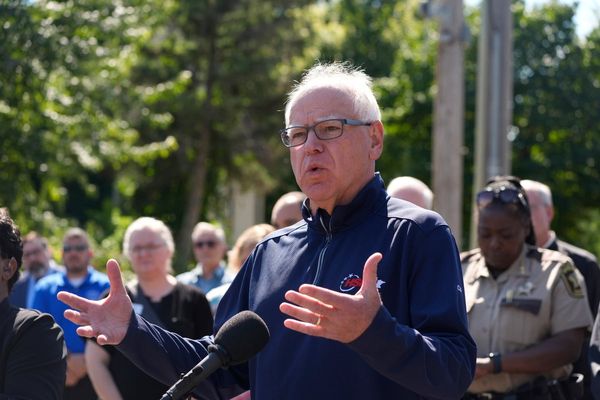
Last year, the majority of Americans (56%) said they were NOT on track to retire comfortably. That’s in line with what researchers at Morningstar found more recently: They predicted that 45% of U.S. households will run out of money during retirement.
For You: Extreme Frugality in Retirement: 15 Practical Ways To Cut Costs
Try This: 10 Unreliable SUVs To Stay Away From Buying
However, the Morningstar report also shared a simple tactic Americans can use to significantly increase their chances of covering their retirement expenses fully. Let’s take a look.
The Value of Contributing to Workplace Retirement Accounts
Morningstar found that workplace retirement accounts play a prominent role in these calculations: 79% of Americans who contribute to one of these accounts for at least 20 years will have enough to pay for their retirement. So if you consistently contribute to a 401(k), 403(b) or similar account, your chances of a successful retirement significantly grow.
The researchers also highlighted the value of timing your retirement correctly: Your chances of running out of money during retirement drop to 28% if you retire at the age of 70 instead of 65.
Trending Now: 5 Ways To Make Money in Retirement Without Going Back To Work Full Time
What If You Don’t Have a Workplace Retirement Account?
Many Americans work jobs that don’t provide access to employer-led retirement accounts. Morningstar didn’t analyze what these workers should do. However, one solution could be to contribute to an individual retirement account instead of a 401(k).
You can open an IRA independently and contribute up to the federally set maximum annual amount — currently $7,000 for those under 50. You wouldn’t benefit from employer contribution matching, but you could still increase your chances of enjoying a fully funded retirement.
Improving Your Chances of a Fully Funded Retirement
Morningstar’s report is a good reminder that a comfortable retirement is far from guaranteed. However, if you take the right steps now, you can significantly increase your chances. Here are four ideas to help you get there.
1. Know Your Needs
The first question to ask is how much money you’ll actually need to achieve your retirement goals. The answer can depend on how old you are, where you live and the lifestyle you want.
Generally, experts say you should plan on spending between 55% and 80% of your current income in each year of retirement. Saving more is always better, but having a dollar amount in mind can help you track your progress toward your retirement goals over time.
2. Work Longer or Delay Collecting Social Security
The Morningstar report highlighted this point, but it’s worth reiterating. The longer you wait to retire and collect Social Security, the better.
For example, imagine retiring at 68 instead of 65. That’s three extra years you get to add to your retirement savings instead of pulling from them. This alone could add six figures or more to your eventual nest egg.
Also, your Social Security payments increase the longer you wait — up to the age of 70. So you can also increase your monthly income in retirement by working a few extra years, or at least not taking Social Security until you hit 70.
3. Focus on Passive Income
You can also spend your working years setting up sources of passive income for retirement. For example, you might build a large dividend-stock portfolio that covers a percentage of your living expenses annually. Or you could buy investment properties and rent them out to tenants.
When you have a passive income, you don’t have to rely as much on your savings. You have other funds available to cover some of your costs.
4. Invest Wisely
Finally, invest your retirement savings wisely. For most people, that means buying an index fund like the S&P 500. This is Warren Buffett‘s biggest piece of advice to the average investor.
More From GOBankingRates
- 5 Luxury SUVs That Will Have Massive Price Drops in Fall 2025
- I Help People Retire Every Day -- Here's the Most Common Retirement Mistake People Make
- These Cars May Seem Expensive, but They Rarely Need Repairs
- Here's the Minimum Salary Required To Be Considered Upper Class in 2025
This article originally appeared on GOBankingRates.com: This Key Money Move Practically Guarantees a Secure Retirement







